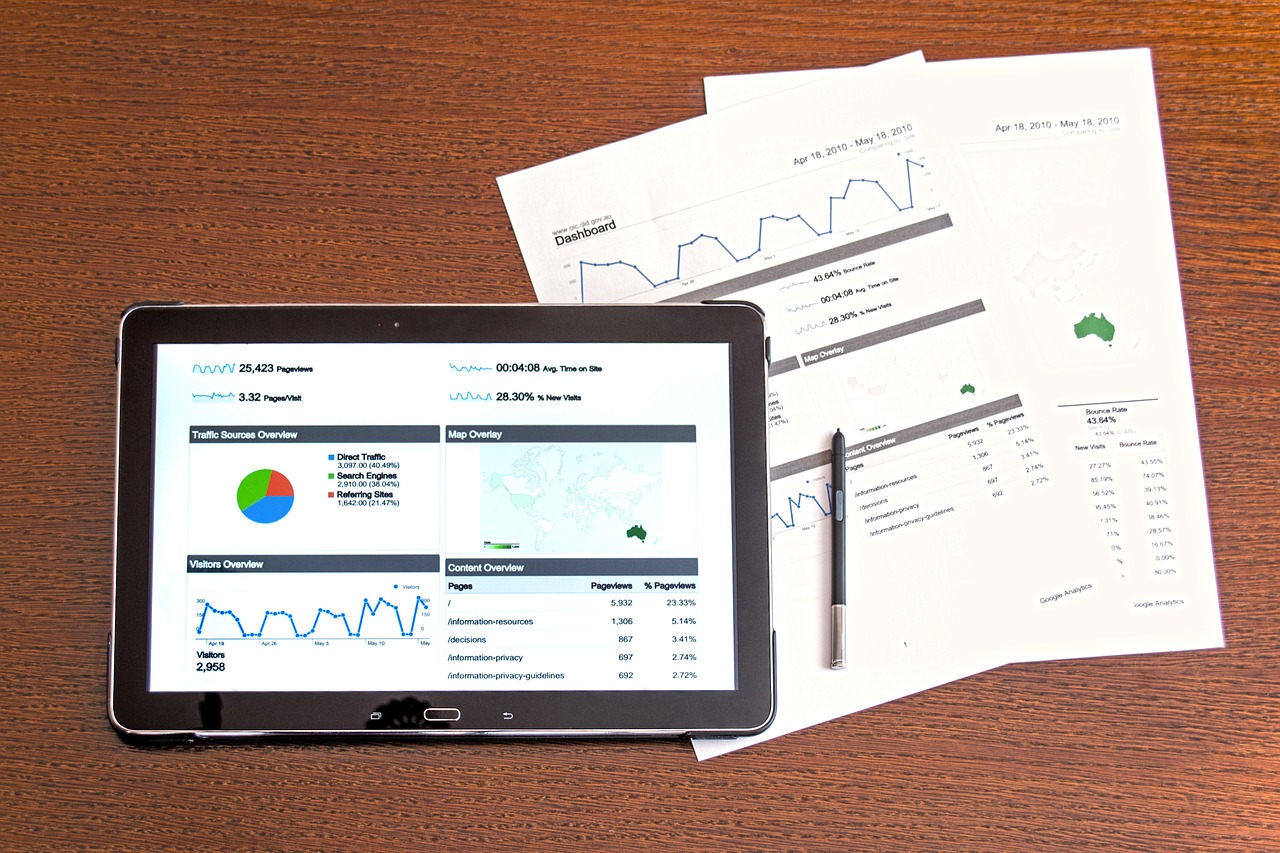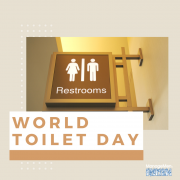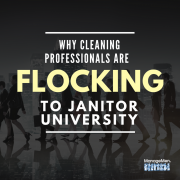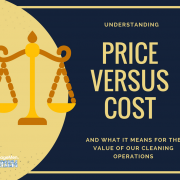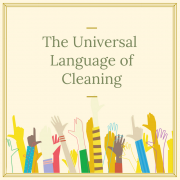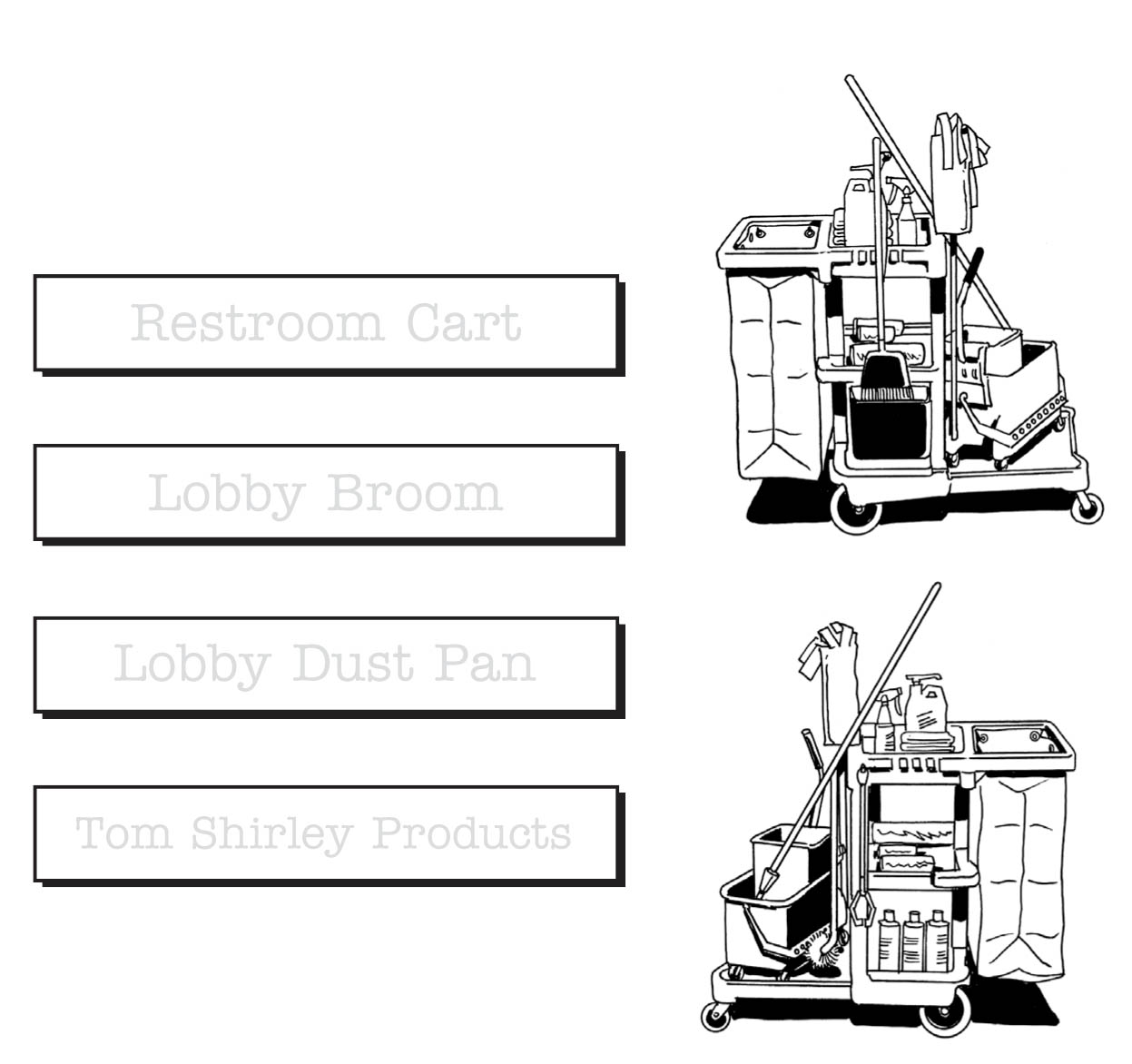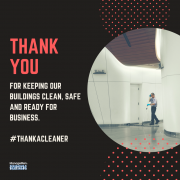Four Things Every Custodial Job Description Should Include
Job descriptions. These generic and ambiguous paragraphs are often inherited from predecessors, borrowed from colleagues or downloaded from an industry website. Because it’s such a painstaking activity, we rarely tackle the daunting task of crafting a job description from scratch.
Over the years, we have found that job descriptions are one of the most overlooked and underutilized aspects of managing a custodial department; yet, they are are critical to reducing liability, arbitrating union grievances, hiring, bidding projects, training and managing custodial workers. They are a fundamental building block upon which you can build the rest of your cleaning operation, so they should be written in a way that is not only reflective of the job and work being performed, but in a way that provides the individual performing the task with a clear understanding of HOW to perform the work.
But sadly, that rarely happens. Assigned to workers throughout our custodial departments, the descriptions capture highlights of responsibilities associated with a certain position, but do not include specifics, like the nuances specific to a facility. For example, I once was at a school where the janitor was responsible for “vacuuming floors” even though there wasn’t any carpet or soft flooring in the building.
So what are a few essential components of a quality job description and how can you use job descriptions as a building block for training custodial workers?
- FUNCTIONS: The functions outline all of the essential responsibilities of the job. This includes specific cleaning assignments based on the function. For example, within the (OS1) System, functions of a Utility Specialist include responsibilities such as cleaning glass, hauling trash to the dumpster and cleaning first impression areas.
- SPECIFICS/ADDITIONAL INFORMATION: With the general functions covered, the additional information section provides supplementary information to the key functions. For example, this might include safety information (e.g. lift equipment and trash bags safely using legs) or general reminders (e.g. keep the necessary keys for your area on you at all times throughout your shift).
- NOTES: The notes section offers a place where either additional responsibilities that become part of the job can be captured. For example, if a new table is placed in a conference area, you should list this in the notes to be added to the functions at a later time.
While these are three key elements to a quality job description, what separates a good job description from a great one is a flow chart. The flow chart provides a visual representation of the steps the custodial worker should take to complete their responsibilities. Following a top to bottom approach, it also identifies each task that needs to be completed and the order in which it should be completed, reducing opportunities for redundancies or overlooked areas. A flow chart shows where you start, where you finish and every step in between.
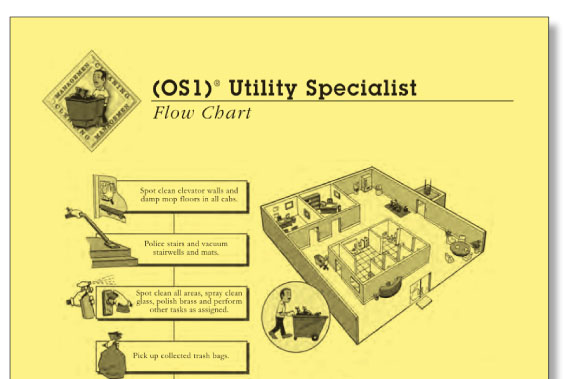
A flow chart offers specific instructions on what to clean in what order and is included in a Scouting Report for each employee. This reduces confusion and inconsistencies in cleaning.
A modern version of the traditional job description should be a living, breathing part of your operation that is continually changing and evolving. It’s something that has taken us more than 20 years to develop with some of the most advanced facility management programs out there. We use Scouting Reports in the (OS1) System and these three to four page booklets are utilized by custodial workers in ISO-9000 organizations across the U.S.
A quality job description is something every custodial worker deserves. It’s the foundation of a quality cleaning operation.
Looking for comprehensive job descriptions for your custodial operation? Check our the ManageMen Store for a set of common custodial positions: https://managemenstore.com/trainers/scouting-reports.html.
